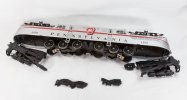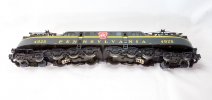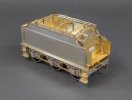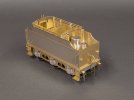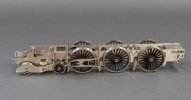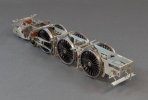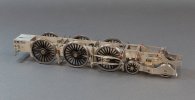Hello Martin,
Thanks for the feedback, much appreciated.
Regarding 3D, I don't think anyone one really knows, but, some one has to be first, some one has to make the first step off the Apollo lander, some one has to be the first to fall, pick themselves up and go again.
It's a valid point and I hear it a lot from the traditional sphere of modelling, word on the street is 20 years max, but we now seem to be in an era of shortening expectations. I'm under no illusion any of my models will be around for 100 years, or even 40 if I'm honest, and if they are, I'll probably be dead and it's not a concern any more.
I understand the longevity aspect but I fear we're becoming hesitant, holding back and as such are missing out. No one can predict the future (next weeks lottery numbers are....

) so I'm in the camp you grab what you can now by the horns and run with it, if it works, then great, if not then deal with it then (technology will have moved on anyway). Pretty much all of my 3D that may be a potential problem is removable with screws and mechanical fixings so it can be removed and replaced if required.
If you design your part correctly with a mechanical component that limits movement or warping then it shouldn't really be an issue, I suspect if that 1950's coach had a steel floor it'd be perfectly all right now.
In short I build for now or the very near future, I could have been killed in a head on collision or rolled under an HGV this afternoon driving back from Kettering, where would have all the future planning and material concerns have got me then?
I follow a lot of 3D printing social media pages and some of these guys (15 plus years, print farms with 30 plus machines and post hits in the tens of thousands) have been doing it from the early days, some have 3D prints sat on there window sill for 5-10 years or more as test pigs and these are still fine, bearing in mind that they've used resin that has a technological spec of that era and modern resins are/should be even more durable, some people get failures weeks after they've printed, partialy due to the choice of resin but also exposure times or printer set ups.
Having said all that, what's the life expectancy of all the modern RTR (let alone the massive plastic aircraft, AFV's, Sci Fi, ships kit side of the hobby) we're now seeing, 20-30 years? So is 3D really that badly behind, I've heard that some JLTRT early plastics are now becoming brittle and breaking up, I've also seen older white metal castings starting to degenerate and degrade becoming very brittle and breaking off.
It comes down to what you want to build, tombs for Pharoahs or drive through's for McDonald's, neither is right, neither is wrong, just different aspects to the hobby.



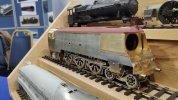
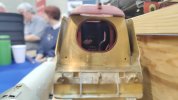

 from me.
from me.
